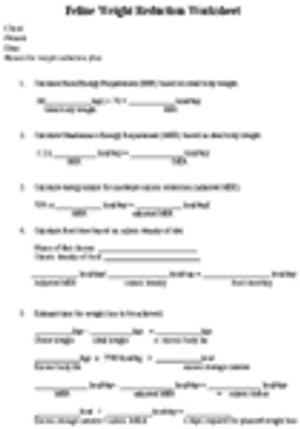
Is the feline diabetic patient every veterinarian's nightmare? Since diabetes mellitus is one of the most common endocrinopathies in cats, it is likely you will face this disease many times in your veterinary career.

Is the feline diabetic patient every veterinarian's nightmare? Since diabetes mellitus is one of the most common endocrinopathies in cats, it is likely you will face this disease many times in your veterinary career.

Infectious diseases can often be insidious in their clinical presentation. Case studies will be used to highlight some interesting infectious diseases that can affect the feline patient.

Endoscopy is a wonderful diagnostic tool that allows exploration and biopsies of areas without invasive surgery. Given the option, many clients may prefer endoscopy instead of surgery. What types of cases are suited to endoscopy? How do you prepare a cat for endoscopy?

Cats handle drugs in a different fashion than dogs. While this is not a surprise, there are some drugs that every practitioner should be aware of that work really well for their feline patients. The focus of this discussion will be to highlight these drugs and their uses, showing why they deserve to be in the feline medicine cabinet.

Cats with fevers (103? F-106? F) are a common occurrence in everyday practice. Most cases respond to antibiotic therapy or are self-limiting (abscesses, viral infections, post-surgical fevers). However, the most frustrating case is one in which a routine course of antibiotics does not improve the clinical condition of the cat, routine diagnostics do not identify the cause and the fever is ongoing.

Cats who cannot breathe are the most fragile patients we treat each day. Cats tend to be more compromised on presentation as they hide their breathing issues better from their owners. It is important to balance diagnostic procedures with therapeutic intervention so that these cats can be quickly stabilized and effectively treated.

The time to diagnose high blood pressure is before damage is done. Retinal hemorrhages and detachment can be avoided in a well-managed feline patient. I recommend that Doppler ultrasonic blood pressure measurements begin in all patients at an early age as part of their health care program.

Cats with fevers (103? F-106? F) are a common occurrence in everyday practice. Most cases respond to antibiotic therapy or are self-limiting (abscesses, viral infections, post-surgical fevers). However, the most frustrating case is one in which a routine course of antibiotics does not improve the clinical condition of the cat, routine diagnostics do not identify the cause and the fever is ongoing.

Cats who cannot breathe are the most fragile patients we treat each day. Cats tend to be more compromised on presentation as they hide their breathing issues better from their owners. It is important to balance diagnostic procedures with therapeutic intervention so that these cats can be quickly stabilized and effectively treated.

Endoscopy is a wonderful diagnostic tool that allows exploration and biopsies of areas without invasive surgery. Given the option, many clients may prefer endoscopy instead of surgery. What types of cases are suited to endoscopy? How do you prepare a cat for endoscopy?

Is the feline diabetic patient every veterinarian's nightmare? Since diabetes mellitus is one of the most common endocrinopathies in cats, it is likely you will face this disease many times in your veterinary career.

The fat feline is a problem all practitioners face. Clients often believe that a fat cat is a healthy and happy cat. They are more likely to bring the cat in for an exam due to poor appetite rather than overeating and obesity concerns.

Infectious diseases can often be insidious in their clinical presentation. Case studies will be used to highlight some interesting infectious diseases that can affect the feline patient.

Cats who cannot breathe are the most fragile patients we treat each day. Cats tend to be more compromised on presentation as they hide their breathing issues better from their owners. It is important to balance diagnostic procedures with therapeutic intervention so that these cats can be quickly stabilized and effectively treated.

Case studies will be utilized to highlight major points in this presentation.

Infectious diseases can often be insidious in their clinical presentation. Case studies will be used to highlight some interesting infectious diseases that can affect the feline patient.

The goal of this presentation is to simply the diagnostic approach and treatment of nasal disease in the feline patient.

With a program like this in place, I believe you can help these cats achieve a longer, higher quality of life.

Feline systemic hypertension

Interesting feline cases

Friend or foe?

The places we can go

Cats handle drugs in a different fashion than dogs.

The fat feline is a problem all practitioners face.

Published: November 1st 2010 | Updated:

Published: November 1st 2010 | Updated:

Published: November 1st 2010 | Updated:

Published: November 1st 2010 | Updated:

Published: November 1st 2010 | Updated:

Published: November 1st 2010 | Updated: